Flashpoint has launched the newest speedlight to the R2 family of flash photography products. The Flashpoint Zoom Li-on III combines various aspects of its two predecessors, along with some first-time features. Here’s everything that’s new.
Back to Basics
The most obvious change to the Zoom Li-on III is the return of the rectangular head. While the round head of the Zoom Li-on X is very popular — most notably for it’s compatibility with the AK-R1 magnetic modifiers — many users stuck with the rectangle Zoom Li-on II. This also means the Zoom Li-on III has a built-in diffusion and bounce cards, which the Zoom Li-on X did not have. The Zoom Li-on III should be considered the third variant of the flagship R2 speedlight as it has the familiar features like TTL and HSS.
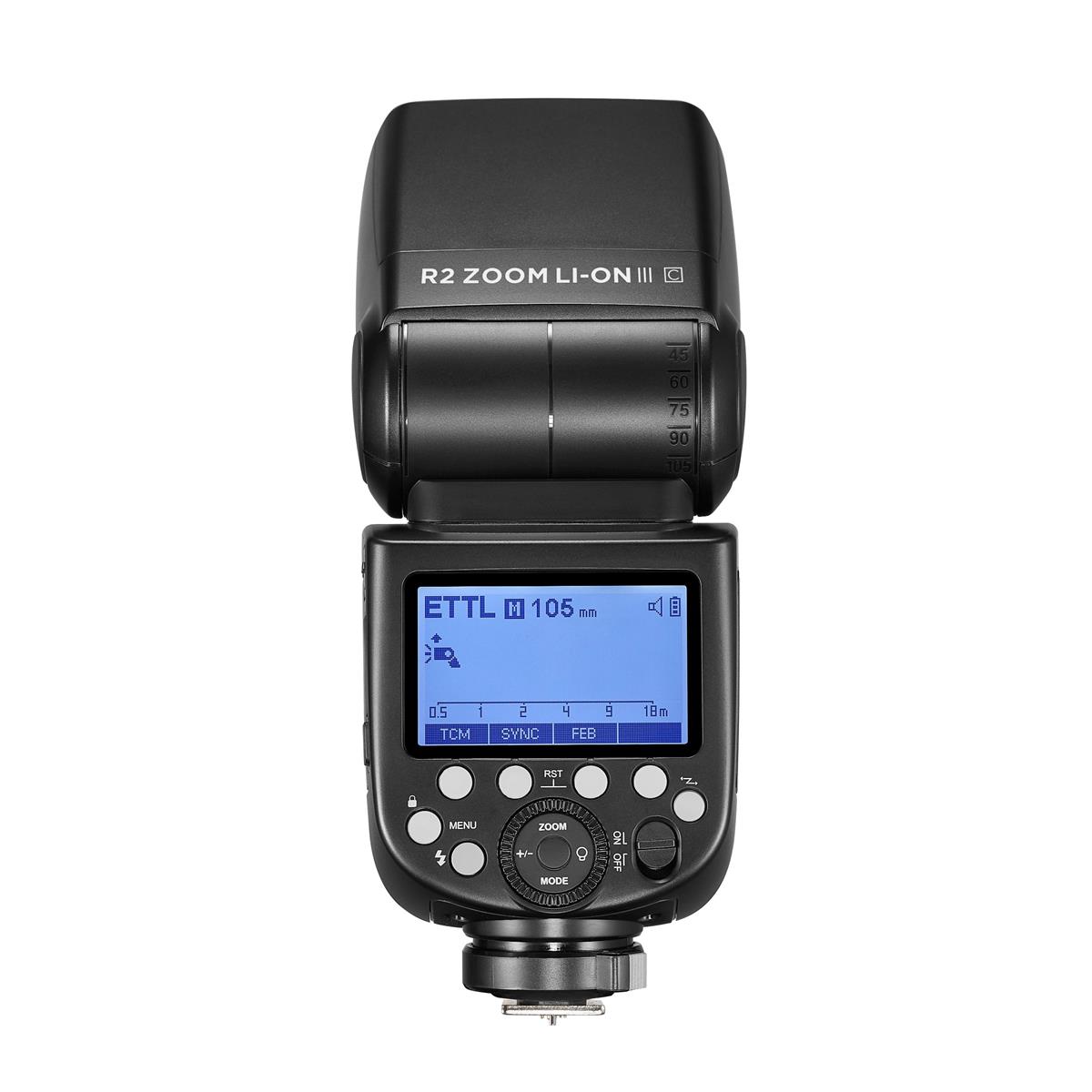
Updated Interface
The interface of the Zoom Li-on III is mapped out just like the Zoom Li-on X speedlight. This is a big upgrade over the previous Zoom Li-on II, especially when it comes to controlling additional groups of lighting off camera. The button layout and dial allows for rapidly changing between groups, the modes of a group, and the output/compensation values of individual groups. It may feel like a minor difference, but you’ll appreciate it when you are controlling a 4 light setup.
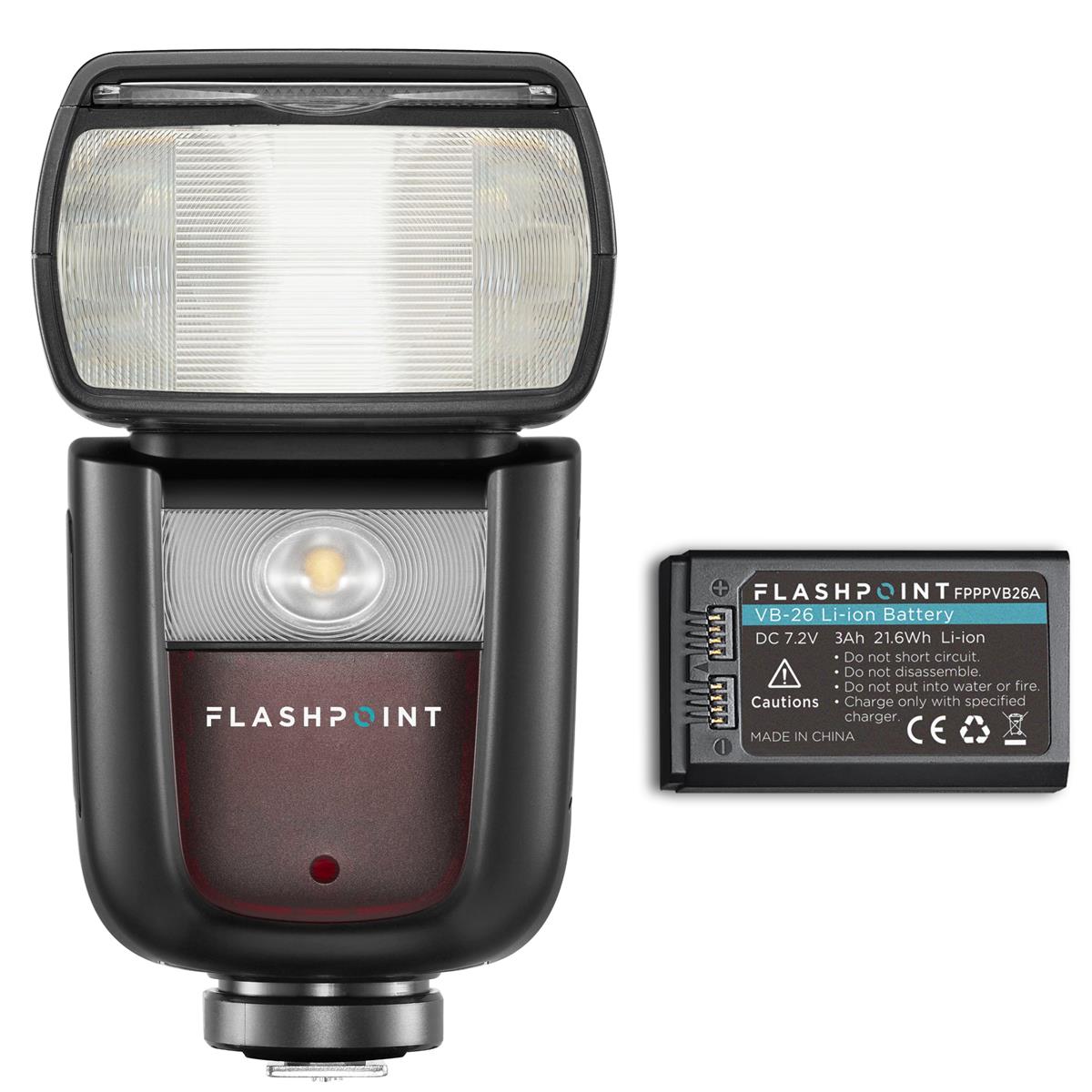
Zoom Li-on X Battery
The VB-26 battery on the Zoom Li-on III is the same as the Zoom Li-on X. This battery is compatible with the Xplor 100 Pro, so users of both can swap them interchangeably. This battery has proven to be more stable over the years than the Zoom Li-on II battery. The only negative here is the Zoom Li-on III battery gets 450 full power flashes per battery, whereas the II was capable of over 600.
Negative Tilt
The Zoom Li-on III has backward tilt, meaning you can point the flash head backwards a small amount when used on camera. This is nice for event photographers who want to fire the flash over their shoulder, as it foregos the need to rotate the flashhead 180 degrees just to tilt it back. This feature is also available on the Zoom Li-on X, but not the Zoom Li-on II.
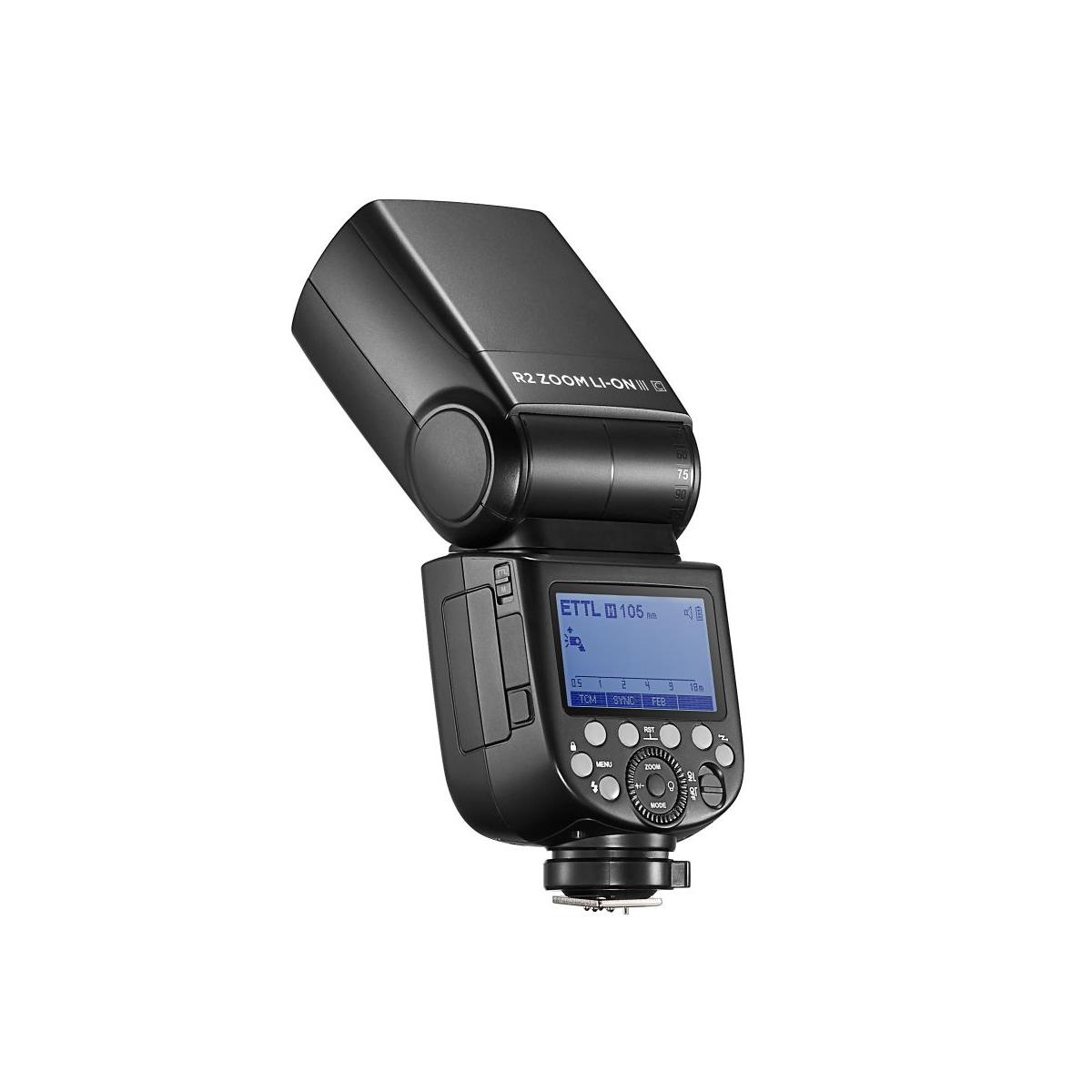
Quick Release Lock
For connecting the flash to the hot shoe of a camera, the Zoom Li-on III speedlight has a switch lock. This is far safer than the swivel-lock found on the Zoom Li-on II.
Widest Zoom Yet
The Zoom Li-on II has a zoom range of 24-200mm. The Zoom Li-on X has a much smaller range of 28-105. The III brings the most range yet, with a range of 20-200mm.
Scan for Best Channel
Also borrowed from the X, the Zoom Li-on III adds the “Scan for Best Channel” feature. With this users can scan to find the wireless channel with the least interference to ensure they can wirelessly trigger and control flash output without issue.
So far the Zoom Li-on III can be summed up as “Zoom Li-on X bottom, Zoom Li-on II on top”. However, there are a few completely new features.
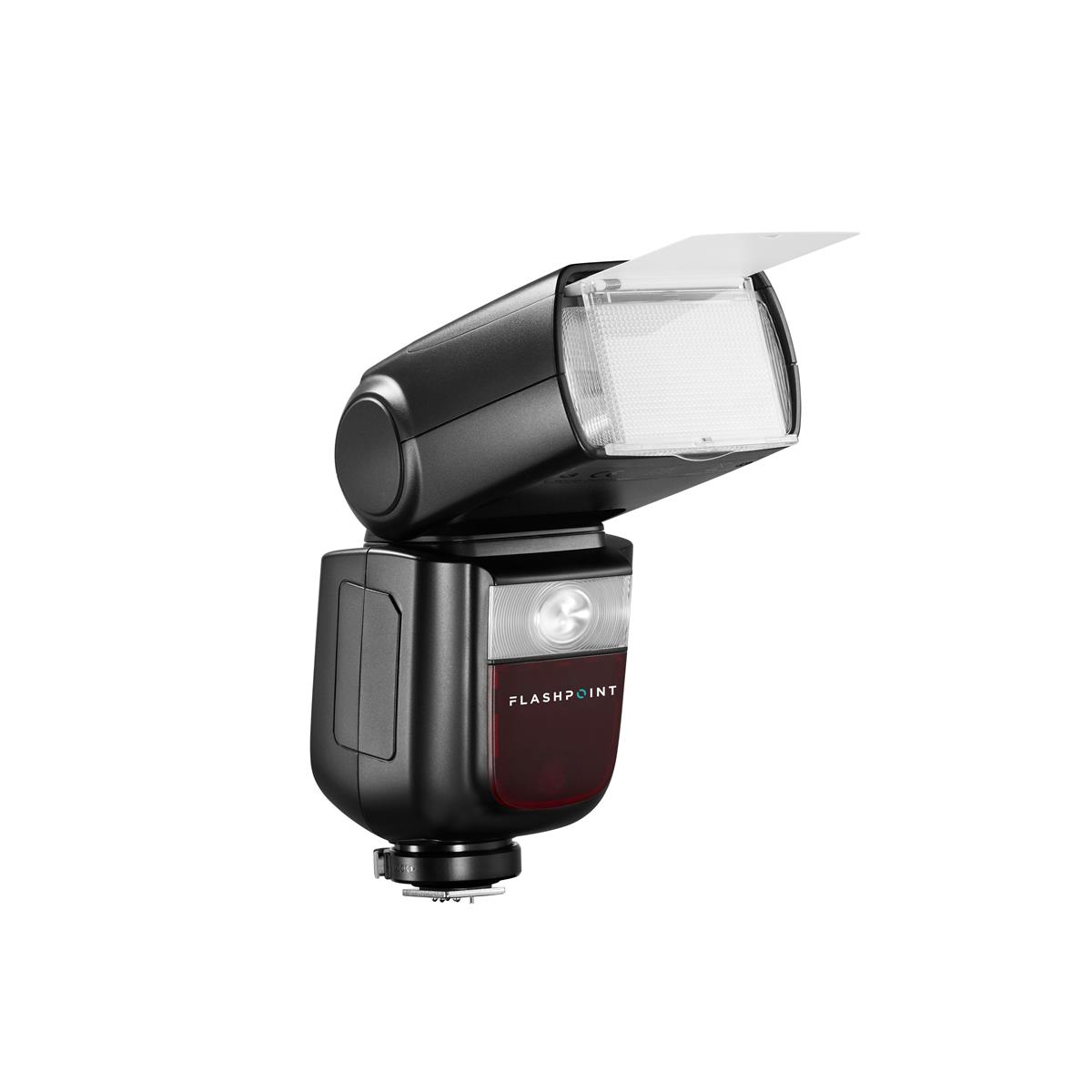
“Modeling Light”
The Zoom Li-on III has an LED light positioned just below the flash head. Given that speedlights are typically used on-camera, a significant distance from the subject, I wouldn’t expect this to be very useful for modeling purposes. These small LEDs don’t typically have the brightness necessary to be particularly visible, especially in bright conditions. It also would be blocked when mounted off camera in accessories like an S2 bracket.
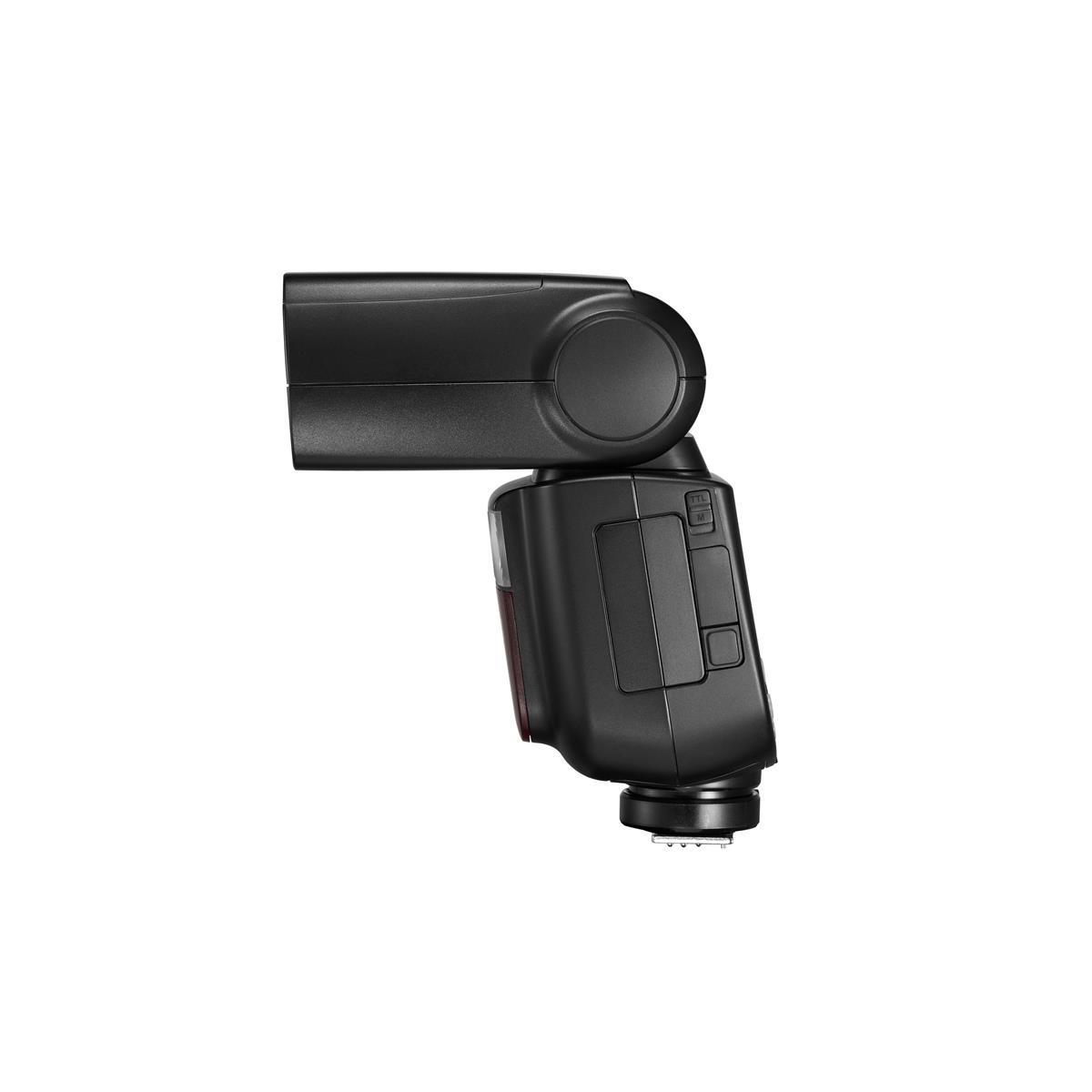
TTL Quick Switch
Above the battery on the left side, the Zoom Li-on III has a switch that switches the speedlight between manual and TTL. I think this is a great feature for event photographers, as the isolated buttons allows you to easily identify it, without ever taking your eye out of the viewfinder.
Article by Robert Hall
